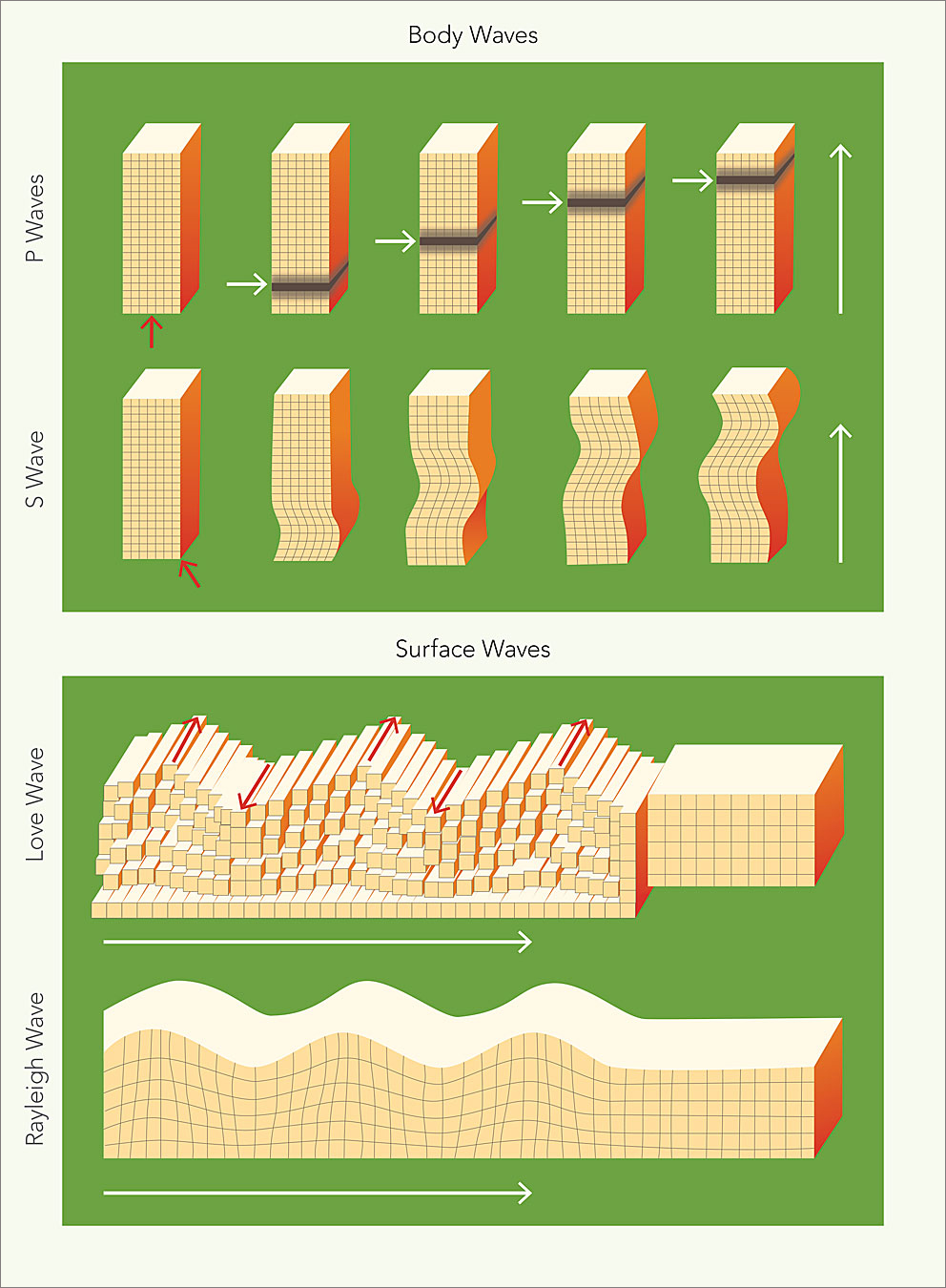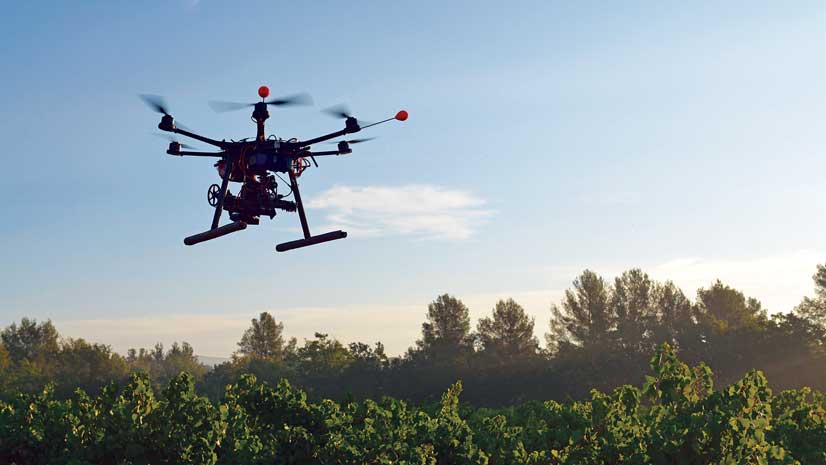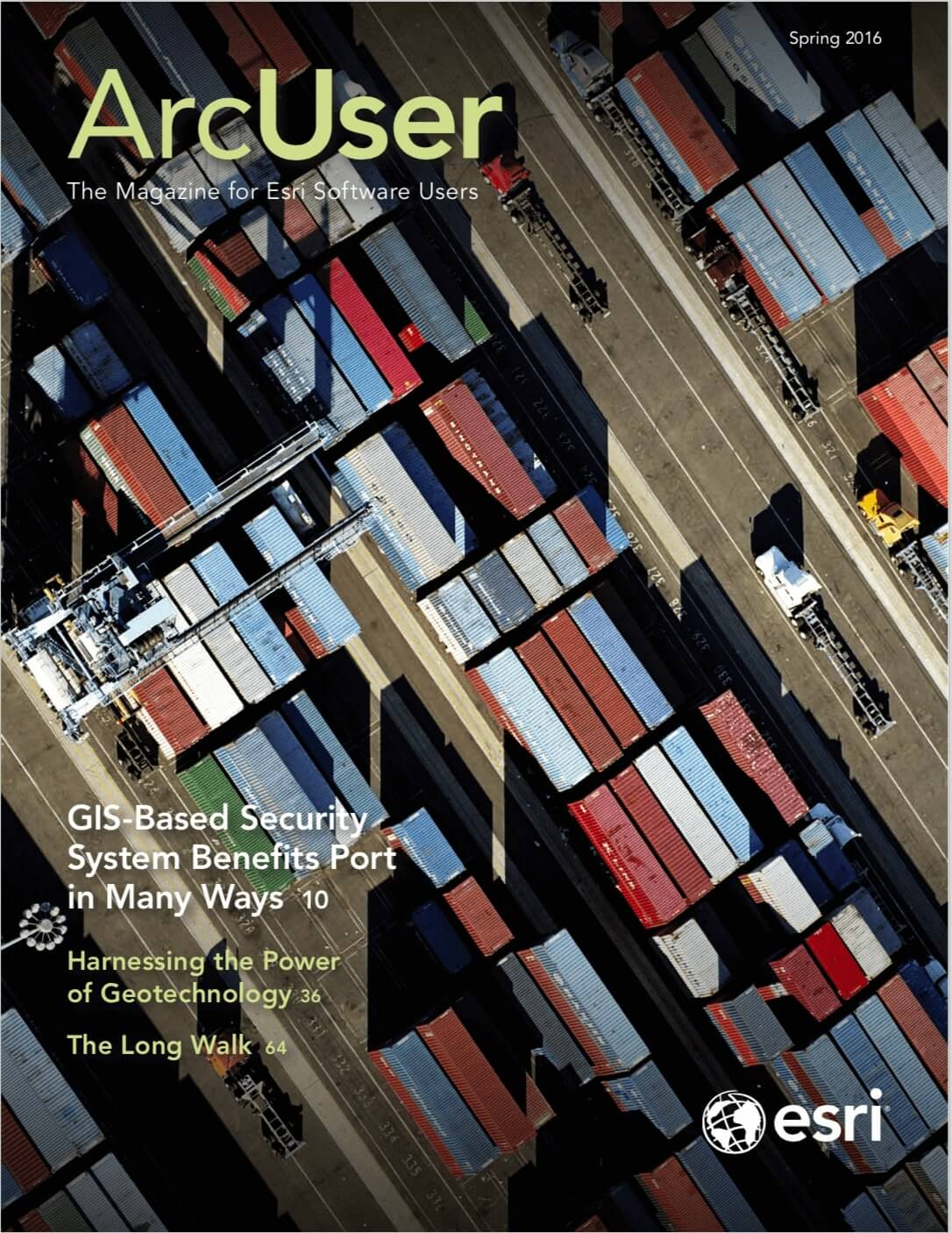In 2013, Mark S. Ghilarducci, the director of the California Governor’s Office of Emergency Services (Cal-OES), announced a year-long series of stakeholder meetings that created a blueprint for developing an implementation plan for the California Earthquake Early Warning System (CEEWS). Cal-OES is committed to support of public-private partnerships to develop statewide earthquake warning capability.

Regional partnerships—including the Coachella Valley Regional Earthquake Warning System (CREWS); the Imperial County Regional Earthquake Warning System (ICREWS); and Seismic Warning Systems, Inc., in Scotts Valley, California—are implementing and testing warning systems in Riverside and Imperial Counties.
P Waves, S Waves, and Earthquake Warning
Earthquake advance warning systems detect the nondestructive primary waves (P waves) that travel quickly through the earth’s crust, in advance of the destructive secondary waves (S waves). The delay between the arrival of P waves and S waves controls the amount of advance warning that can be given. The interval increases the farther a location is from the epicenter of the earthquake. This interval generally ranges between 60 and 90 seconds for deep, distant, large earthquakes. An interval of one second for every two kilometers (km) from the quake’s origin is the rule of thumb.
The effectiveness of advance warning depends on the accurate detection of P waves and the rejection of false-positive ground vibrations caused by local activity. Table 1 compares the characteristics of typical P waves and S waves.
What to Do in a Few Seconds
Even a few seconds’ warning can provide enough time to take protective measures.
- Members of the public—wherever they are—should drop, cover, and hold on. If they are at home, they should turn off stoves. If they are driving, they should safely stop their vehicles.
- Emergency responders should automatically open fire station doors, turn on lights, automatically alert emergency responders, and prioritize response decisions.
- Those who provide medical services should stop delicate medical or dental procedures. Trauma centers should prepare for emergency arrivals. Emergency response plans with outlying facilities should be initiated.
- Utilities should protect power stations and distribution infrastructure from strong shaking.
- Affected industries should protect personnel and initiate safety shutdown procedures including isolating and protecting hazardous materials on-site.
- Businesses should move workers to safe locations and ensure elevator doors are open or are placed out of service. Sensitive equipment should be placed in a safe mode.

See also Modeling Communications Coverage” and “Partnerships Provide Earthquake Warning in California.”

